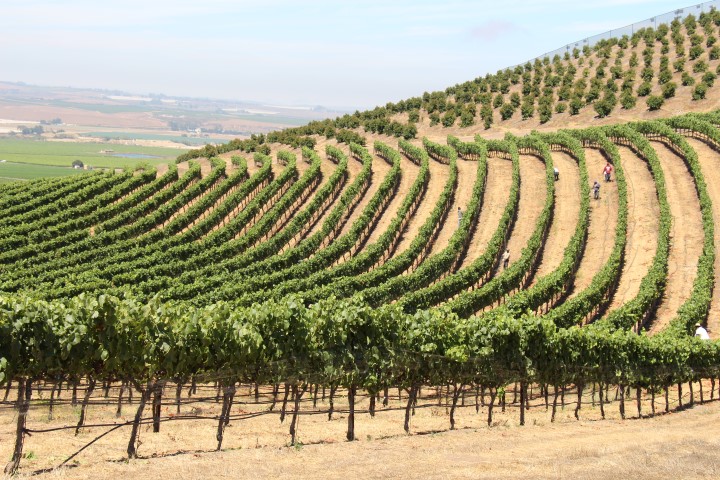
Cooking with Wine: Elevating Your Dishes with Flavorful Simplicity
Published on 2024-12-29 by Tom Anderson
Cooking with wine is a delightful way to elevate your dishes, infusing them with flavors that are both subtle and complex. But there’s one rule that cannot be ignored: only cook with wine you’re willing to drink. The quality of the wine matters, even in cooking, because poor-quality wine can bring harsh or unpleasant flavors into your dish. Fortunately, you don’t have to break the bank to find a wine that works beautifully both in your glass and in your recipe. A good bottle under $25 will do the trick, striking the perfect balance between affordability and flavor.
For white wine, a crisp Sauvignon Blanc like Kim Crawford is a fantastic choice. Its bright acidity and citrus notes make it incredibly versatile, whether you’re deglazing a pan or creating a light, elegant sauce. Imagine preparing a simple yet impressive dish like pan-seared chicken with a white wine and lemon butter sauce. You start by seasoning chicken breasts with salt and pepper, then sear them in a hot skillet until golden brown. After removing the chicken, you sauté minced shallots and garlic, letting their aroma fill the kitchen. A quick deglaze with half a cup of Sauvignon Blanc transforms the pan, lifting up those browned bits and building layers of flavor. As the wine reduces, a knob of butter and a squeeze of fresh lemon juice bring it all together into a silky, tangy sauce. Returning the chicken to the pan allows it to soak up the essence of the wine, creating a dish that feels both refined and effortless.
Red wine, on the other hand, excels in heartier, more robust dishes. A bottle of Mark West Pinot Noir, with its soft tannins and berry-forward profile, is ideal for recipes like beef stew. There’s something deeply satisfying about the process of braising. It begins with browning chunks of beef in a heavy pot, building the savory foundation. Once the meat is set aside, the same pot welcomes onions, carrots, and celery, their sweetness deepened as they caramelize. A spoonful of tomato paste adds richness before the Pinot Noir takes center stage, deglazing the pot and mingling with the juices to form a deep, flavorful base. With the addition of beef stock, fresh thyme, and the seared beef, the pot transforms into a simmering stew that slowly melds into perfection over a few hours. The result is tender, melt-in-your-mouth meat with a sauce so rich and complex, it feels almost indulgent.
Cooking with wine isn’t just about technique; it’s about creating harmony between flavors. White wine adds brightness and acidity, lifting lighter dishes and enhancing delicate ingredients. Red wine, with its earthy, fruity undertones, grounds heartier meals, lending depth and warmth. Both are tools in your culinary repertoire, and both deserve careful selection. A good wine for cooking should never be something you wouldn’t enjoy sipping on its own, and this rule ensures that every dish you prepare is infused with quality.
The beauty of cooking with wine is its ability to transform the ordinary into the extraordinary. It bridges the gap between the kitchen and the table, reminding us that the best meals are as much about the process as they are about the result. A splash in the pan, a sip from the glass, and suddenly the act of cooking becomes an experience to savor. So next time you’re in the kitchen, reach for that bottle—not just to drink, but to create. With wine as your partner, every dish tells a story, every bite lingers just a little longer, and every meal becomes a celebration of flavor.
